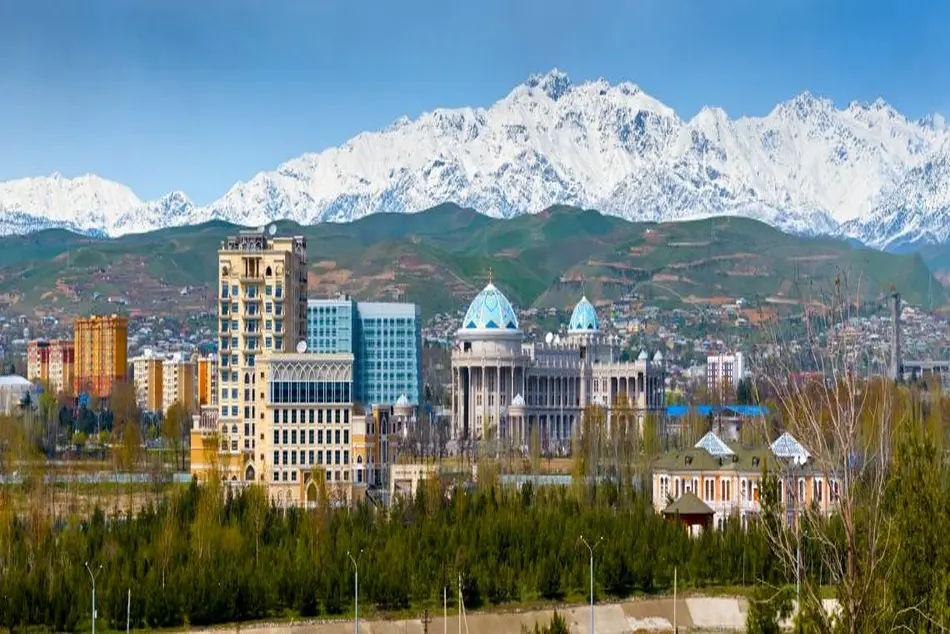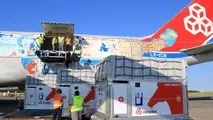transport leader reveals how TIR in China will open up “vast opportunities” for the region

Can you give an overview of the transport industry and infrastructure in Tajikistan?
Tajikistan’s road transport sector accounts for 90% of all goods transport systems.
Owing to its geographical location and isolated position, the government is focused on the development of transport infrastructure. Over the past ten years, along with the help of foreign investors and income, Tajikistan has built and upgraded more than 3,000 kilometres of road at the cost of USD1.5 billion, including the Dushanbe – Chanak (Uzbekistan border) route which stretches across 360 kilometres. Between 500 to 900 vehicles are involved in international transport operations.
At present, Tajikistan’s international road transport fleet consists mainly of Euro 2, Euro 3, Euro 4 and Euro 5 category second-hand vehicles, as well as vehicles manufactured in China. These fleets generally need upgrading. Companies with a fleet of between 5 to 35 vehicles constitute the average company size in Tajikistan. The country’s road transport sector accounts for 90% of all goods transport systems.
What about current trade agreements?
Tajikistan has 14 bilateral and 12 multilateral agreements in place and conducts transport operations to 33 countries worldwide.
There is a bilateral agreement on international road transport between China and Tajikistan, which was concluded on 14 August 2008.
There is also an agreement on the creation of favourable conditions for the implementation of international transport by Shanghai Cooperation Organisation member states, concluded in 2014. These agreements jointly address border crossing procedures, the permit system between the two countries, and the operating procedure at the Kulma – Karasu border crossing.
What is the border infrastructure like – in particular with China?
International road transport routes run mainly through the border crossings with Kyrgyzstan, Russia, Afghanistan and China. The Kulma – Karasu border crossing is the main transport corridor with China; Tajikistan vehicles have the right to transport cargo up to Kashtar, while Chinese carriers can operate as far as Dushanbe. The Dushanbe Chirgatol – Karamik (in Kyrgyzstan) corridor and that of the Khujand – Batken (also Kyrgyzstan) may also be used by carriers.
The average waiting time at these borders ranges from 20 minutes to up to an hour. When crossing the borders, vehicles are subjected to customs, quarantine, phytosanitary, veterinary, disease and transport controls, as well as inspections by border officials.
The average transit time to China is between 2 to 5 days and in 2016, 1,975 Chinese vehicles transported 44,332 tonnes’ worth of cargo to Tajikistan.
What is your view on China’s Belt and Road initiative for Tajikistan?
One of the corridors within the “One Belt, One Road” project will pass through Tajikistan’s territory, something which we hope will help to promote a further increase in trade turnover between our countries.
Ideally it will also lead to the simplification of vehicle transit, job creation, and development in transport infrastructure.
Will the implementation of TIR in China have significant consequences for your country?
Transport operations are performed from the Tajikistan border up to Kashgar, which is 225km into China, but China is not currently a transit country as such for Tajikistan trade.
Introducing TIR in China opens up vast opportunities for all of the region’s carriers as well as enabling domestic carriers to have access to the sea.
The development is also in line with one of the Tajikistan government’s strategic development initiatives, which is to put an end to transport isolation and to transform China into a transit country.
While challenges may arise in relation to the use of Chinese manufactured vehicles vis-a-vis the requirements of the TIR Convention, China’s implementation of TIR will provide a renewed impetus for the development of trade prospects between our countries and will be favourable for our transport markets and the region. It would offer transit time savings of up to 20%.



